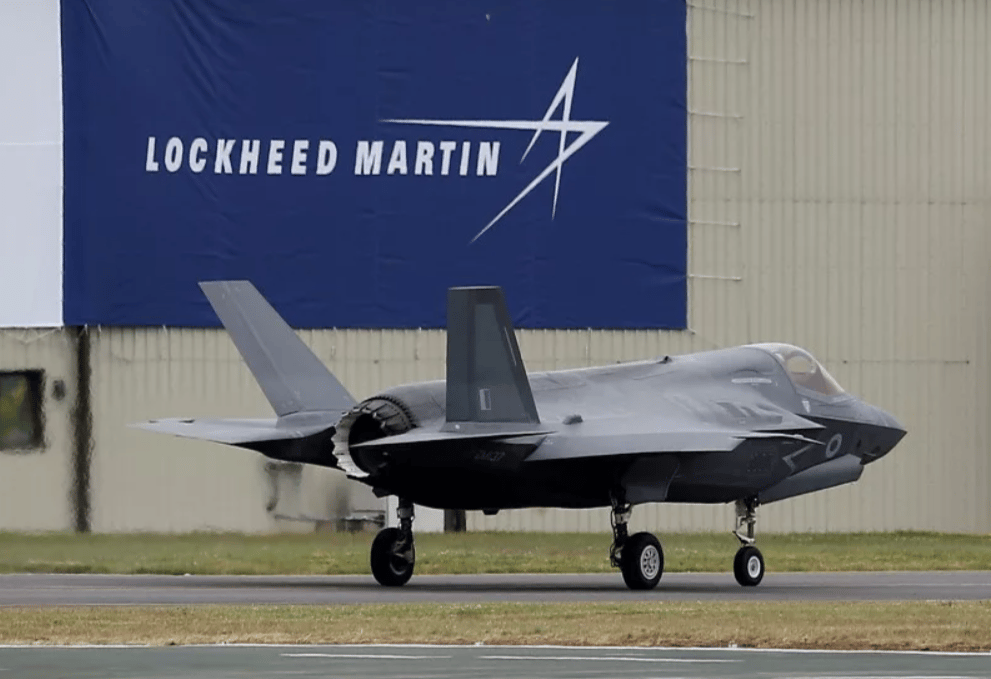Pentagon Slashes F-35 Jet Order by 50%: Implications for Lockheed Martin and U.S. Defense Budget
The U.S. Department of Defense has reportedly halved its projected procurement request for Lockheed Martin’s $LMT F-35 fighter jets, signaling a significant shift in near-term military spending priorities. According to Bloomberg, a recent document submitted to Congress seeks funding for only 24 new F-35 aircraft in fiscal year 2025—down from the previously anticipated 48 units.
Although the Pentagon has yet to issue an official public statement, the adjustment reflects broader fiscal pressure within the U.S. defense budget and the evolving strategic outlook surrounding next-generation military capabilities.
Budget Reduction and Strategic Realignment: What It Means for the F-35 Program
The Lockheed Martin F-35 Lightning II—currently the most advanced multirole stealth fighter in production—has long been a cornerstone of U.S. air superiority strategy. With rising unit costs and ongoing challenges in sustainment and upgrade logistics, however, the program has faced increasing scrutiny from both lawmakers and defense analysts.
This revised procurement request suggests a pivot toward short-term cost control or a temporary reshuffling of defense priorities in response to broader budgetary negotiations. At an estimated cost of $80 million per aircraft, the reduction from 48 to 24 jets represents a potential $1.9 billion cut in projected expenditures for fiscal 2025.

📌 Key Facts:
✈️ F-35 order cut from 48 to 24 units in the Pentagon’s FY2025 request to Congress
💰 Potential reduction of $1.9 billion in spending on stealth fighter procurement
🛠️ Lockheed Martin and the Department of Defense declined comment
📉 Budgetary pressures and maintenance costs continue to shape program trajectory
🇺🇸 Strategic reassessment of U.S. airpower deployment and modernization pace underway
Market Reaction and Expert Commentary
Lockheed Martin’s stock showed limited immediate movement following the news, although market analysts suggest the company may face long-term headwinds if the procurement pace continues to decelerate. While the F-35 remains a key revenue stream for the defense contractor, diversification into hypersonic weapons, satellite systems, and cybersecurity could offset potential downside risks.
Defense analysts emphasize that this procurement cut may not represent a long-term trend but rather a tactical adjustment amid budgetary negotiations. Several U.S. allies—such as Japan, Poland, and Finland—have recently placed F-35 orders, ensuring sustained international demand for the platform.

🔍 Key Takeaways:
Lockheed Martin’s F-35 program faces near-term U.S. procurement slowdown.
Budgetary tightening and high maintenance costs cited as probable factors.
Stock impact remains muted, though long-term implications are under watch.
International demand for the F-35 continues to stabilize program outlook.
U.S. defense strategy may be reprioritizing emerging technologies over procurement volume.
Navigating a New Phase in U.S. Defense Procurement Strategy
The reduction in F-35 orders underscores a broader recalibration of the Pentagon’s acquisition strategy, shaped by budgetary constraints, geopolitical developments, and evolving defense technologies. While Lockheed Martin remains a dominant force in aerospace and defense, the shift presents both challenges and opportunities as the U.S. reevaluates its modernization timelines.
With increased congressional scrutiny, rising lifecycle costs, and new domains of warfare—such as space, cyber, and unmanned systems—future procurement strategies are likely to become more selective, even for legacy programs with high strategic value like the F-35.















Comments
This transaction could reshape competitive dynamics in the automation sector
This development could catalyze new benchmarks in scalable, AI-powered automation solutions